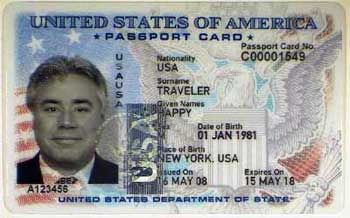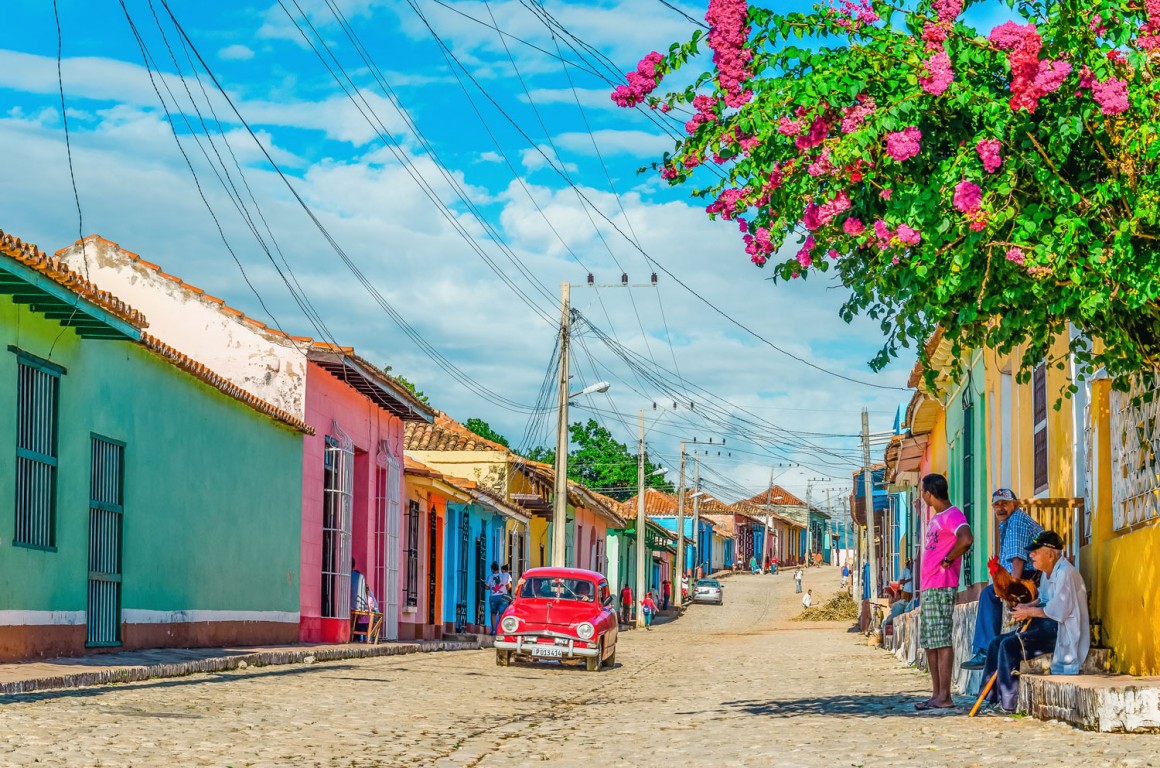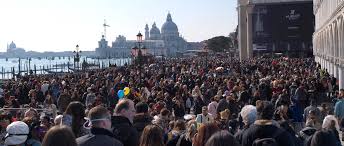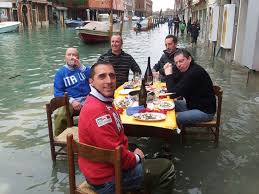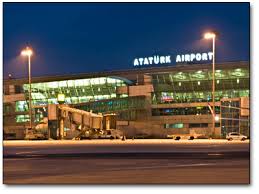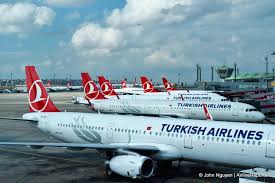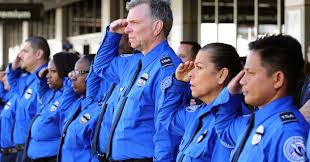 Q – We watched the shots of the huge lines at O’Hare Airport last night and we thought we would ask if there are posted times for international departures out of LAX? What are professional travel experts now recommending for the number of hours early one must now arrive at an airport to assure making a flight to Asia or Europe? We have two such flights coming up later this year. As an aside, we were also wondering what these TSA agents tend to earn as they seem incapable of moving the lines quickly.
Q – We watched the shots of the huge lines at O’Hare Airport last night and we thought we would ask if there are posted times for international departures out of LAX? What are professional travel experts now recommending for the number of hours early one must now arrive at an airport to assure making a flight to Asia or Europe? We have two such flights coming up later this year. As an aside, we were also wondering what these TSA agents tend to earn as they seem incapable of moving the lines quickly.
A – The current advised wait times vary with time of day, date of travel, local airport hiring status, and the specific level of terrorism alert. So there are just too many variables to give the kind of definitive response we know you would prefer. But we have revised upward our recommended airline arrival times at major airports in the US. Here is our current Airport Arrival Advisory for our clients traveling internationally in terms of time you should arrive at the airport prior to your scheduled departure:
ATLANTA – 3 Hours
BOSTON – 3 Hours
CHICAGO O’HARE – 4 Hours
LOS ANGELES – 3 and 1/2 Hours
NEW YORK JFK – 3 and 1/2 Hours
SAN FRANCISCO – 3 and 1/2 Hours
As to your question regarding TSA salary levels: A Transportation Security Officer is an entry-level TSA airport security position. TSOs fall in the D and E pay bands, depending on their skill level and their experience. As of January 2013, D-banded TSOs receive annual salaries of between $25,518 and $38,277, while E-banded officers are paid between $29,302 and $44,007. These salary bands do not include the additional locality pay that TSA employees working in high-cost areas are eligible to receive.

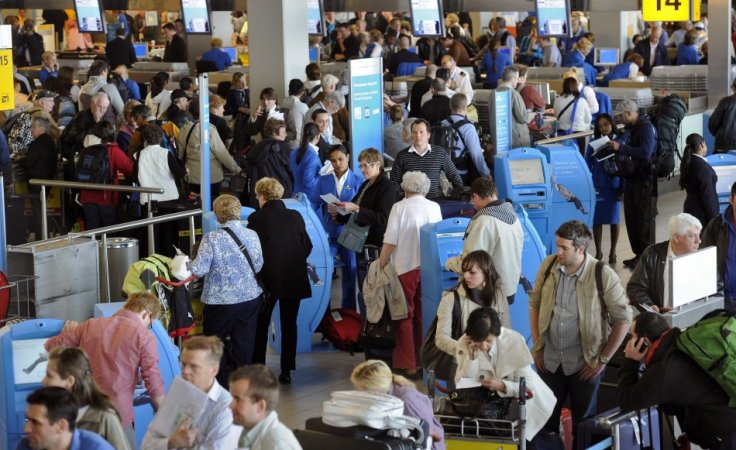
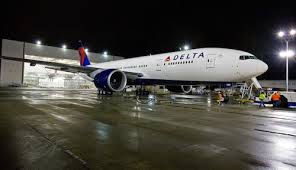
![DEU , Deutschland , Rothenburg - Weihnachtsmarkt auf dem Marktplatz | DEU , Germany, Rothenburg - Weihnachtsmarkt auf dem Marktplatz | [ Veroeffentlichung nur gegen Honorar nach MFM und Urhebervermerk: (c) Peter Frischmuth / argus. Belegexemplar an Argus Fotoarchiv GmbH, Sternstr.67, 20357 Hamburg, Germany, Tel.040-433707, e-mail: argus@argus-foto.de, Photographer Portfolio: www.peterfrischmuth.de , Bank: SEB, BLZ 20010111,Kto.1285865200, IBAN: DE27200101111285865200, BIC: ESSEDE5F200 ]](https://traveltruth.com/wp-content/uploads/2016/03/Germany-Christmas-Market-Rothenberg-A.jpg)

